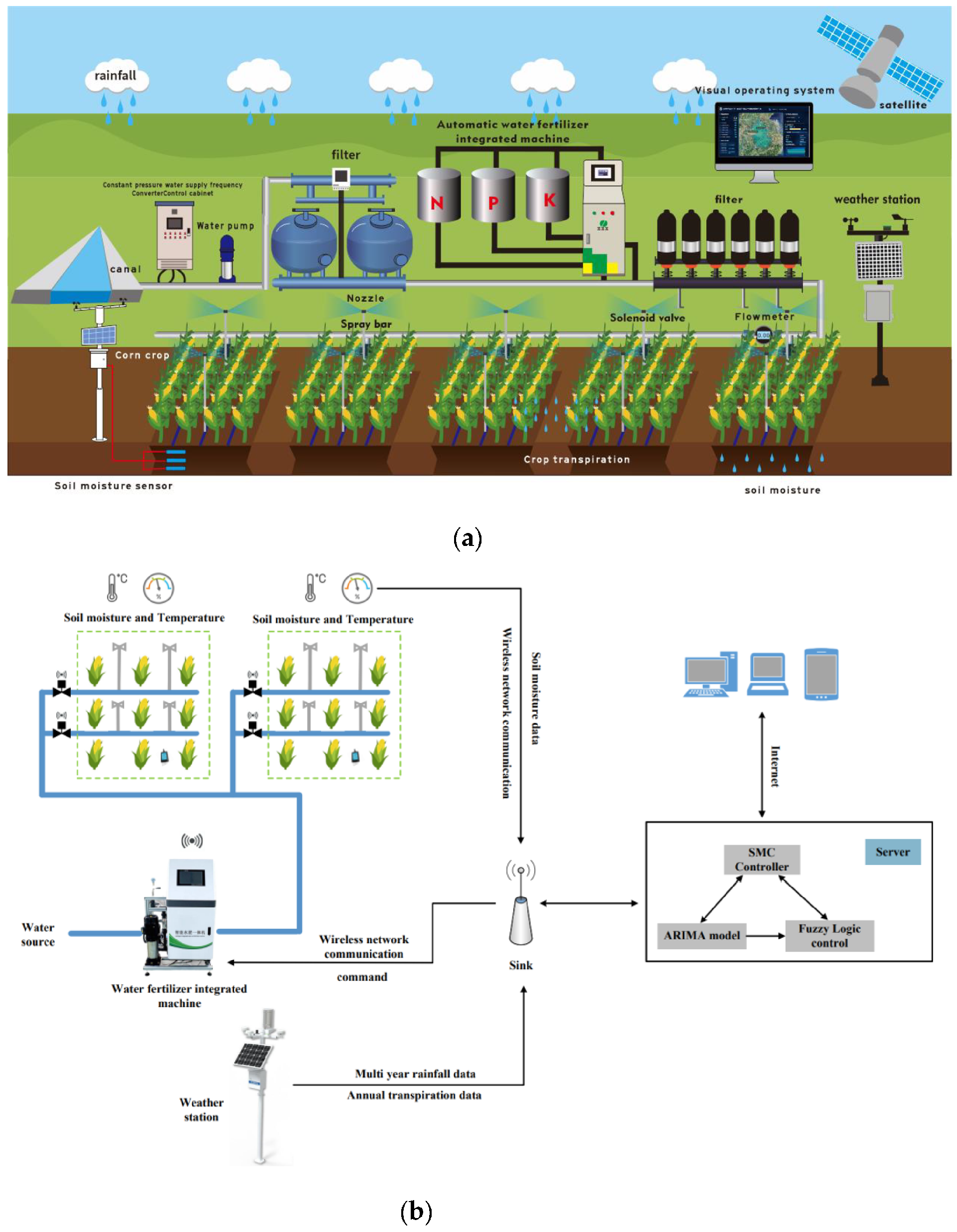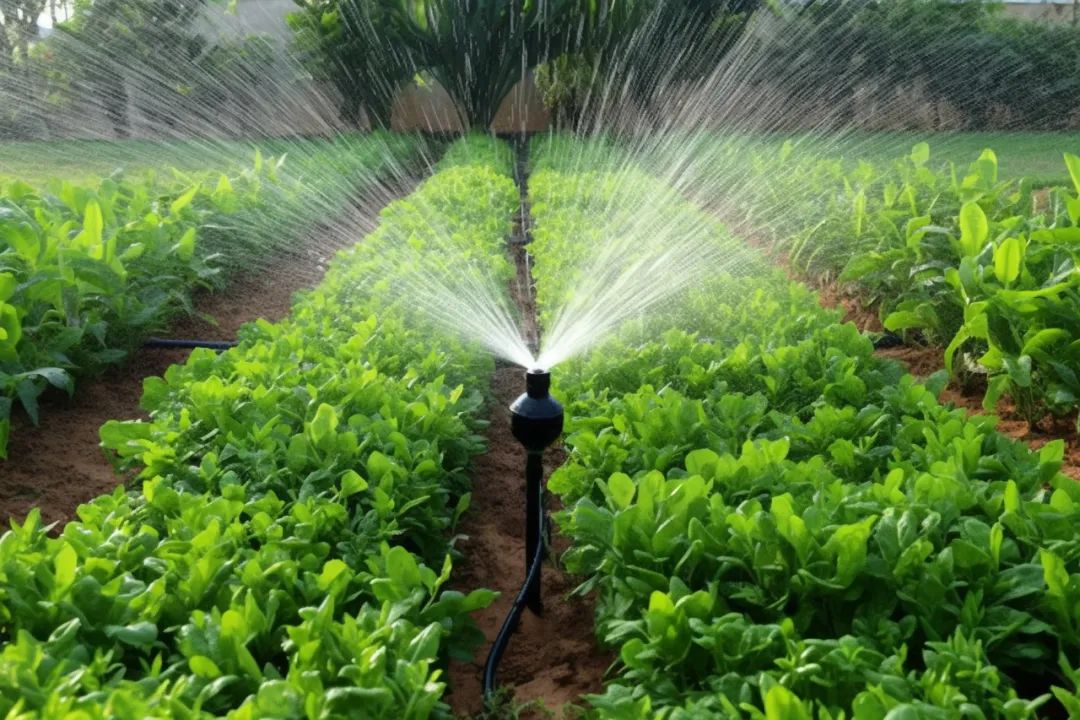

— Blogs —
—Products—
 Consumer hotline +8618073152920
Consumer hotline +8618073152920 WhatsApp:+8615367865107
Address:Room 102, District D, Houhu Industrial Park, Yuelu District, Changsha City, Hunan Province, China
Product knowledge
Time:2025-04-17 17:22:06 Popularity:19
In modern agriculture, efficiency and sustainability are at the heart of innovation. One key technology driving this change is soil moisture sensors—a critical tool in optimizing irrigation practices. Whether for open-field farming, greenhouse cultivation, or landscaping, integrating soil moisture sensors with irrigation systems can significantly boost crop yield, save water, and reduce operational costs.

A soil moisture sensor is a device that measures the volumetric water content in soil. It provides real-time data on how much water is available to plants at their root zones. Most sensors operate by measuring dielectric permittivity of the soil, which changes with moisture levels. Others work through resistance or capacitance methods.
- Tensiometers – measure soil water tension.
- Capacitive sensors – use electrical properties to detect water content.
- Gypsum blocks – provide an estimate of moisture tension in the soil.
- Time Domain Reflectometry (TDR) – highly accurate and used in research.
These sensors are typically installed in the field at various depths to monitor water availability throughout the root zone.
Irrigation is the artificial application of water to the soil to assist in the growth of crops. Depending on the crop type, soil structure, and climate conditions, irrigation can take many forms:
- Drip irrigation – delivers water directly to the root zone.
- Sprinkler irrigation – sprays water over the crops like rainfall.
- Flood irrigation – inundates the field with water.
- Subsurface irrigation – delivers water below the soil surface.
Efficient irrigation ensures optimal plant growth, reduces water waste, and prevents problems like root diseases or nutrient leaching. 
Integrating soil moisture sensors with irrigation systems creates intelligent, data-driven irrigation. Here's how:
Sensors allow farmers to irrigate only when necessary, based on actual soil conditions. This prevents overwatering or underwatering.
Modern systems pair sensors with wireless communication and IoT technology, enabling real-time data transmission to smartphones or control centers. This data can automatically trigger irrigation based on moisture thresholds.
Using sensor data ensures optimal use of water resources, reducing waste. In drought-prone regions, this technology becomes essential.
By maintaining ideal soil moisture levels, plants grow in stress-free conditions, leading to higher productivity and better quality crops.
Automated irrigation systems require less manual oversight, saving time and labor costs for farmers.

- Smart agriculture: Integrated into precision farming systems to automate irrigation.
- Greenhouses: Ensure crops get just the right amount of water in controlled environments.
- Urban landscaping: Maintain parks and golf courses without water wastage.
- Horticulture: Critical for sensitive crops like fruits and vegetables.
Water savings:Reduce water usage by 30–50% compared to traditional irrigation.
Higher yield:Optimize soil conditions for maximum plant growth.
Sustainability:Prevent waterlogging and reduce environmental impact.
Data-driven decisions:Use analytics to plan irrigation schedules.
Adaptability:Suitable for all climates and soil types.

Soil moisture sensor irrigation is not just a trend—it's a necessity for sustainable, efficient, and high-yield agriculture. By leveraging real-time soil data, farmers can make smarter decisions, reduce resource waste, and improve crop performance.
For any agricultural operation aiming to future-proof its irrigation practices, integrating soil moisture sensors is a valuable investment. It’s a step toward smarter farming and a greener planet.
1.NBL-S-THR Soil Temperature Moisture Sensor datasheet
NBL-S-THR-Soil-temperature-and-moisture-sensors-Instruction-Manual-V4.0.pdf
2. NBL-S-TMC Soil Temperature Moisture EC Sensor datasheet
NBL-S-TMC-Soil-temperature-and-moisture-conductivity-sensor.pdf
3. NBL-S-TM Soil Temperature Moisture Sensor datasheet
NBL-S-TM-Soil-temperature-and-moisture-sensor-Instruction-Manual-4.0.pdf
4. NBL-S-TMCS Soil Temperature, Moisture, Conductivity and Salinity Integrated Sensor
NBL-S-TMCS-Soil-Temperature-Humidity-Conductivity-and-Salinity-Sensor.pdf
Prev:PAR Sensor and Quantum Sensor Detailed Explanation
Next:no more
Related recommendations
Sensors & Weather Stations Catalog
Agriculture Sensors and Weather Stations Catalog-NiuBoL.pdf
Weather Stations Catalog-NiuBoL.pdf
Related products
 Combined air temperature and relative humidity sensor
Combined air temperature and relative humidity sensor Soil Moisture Temperature sensor for irrigation
Soil Moisture Temperature sensor for irrigation Soil pH sensor RS485 soil Testing instrument soil ph meter for agriculture
Soil pH sensor RS485 soil Testing instrument soil ph meter for agriculture Wind Speed sensor Output Modbus/RS485/Analog/0-5V/4-20mA
Wind Speed sensor Output Modbus/RS485/Analog/0-5V/4-20mA Tipping bucket rain gauge for weather monitoring auto rainfall sensor RS485/Outdoor/stainless steel
Tipping bucket rain gauge for weather monitoring auto rainfall sensor RS485/Outdoor/stainless steel Pyranometer Solar Radiation Sensor 4-20mA/RS485
Pyranometer Solar Radiation Sensor 4-20mA/RS485
Screenshot, WhatsApp to identify the QR code
WhatsApp number:+8615367865107
(Click on WhatsApp to copy and add friends)